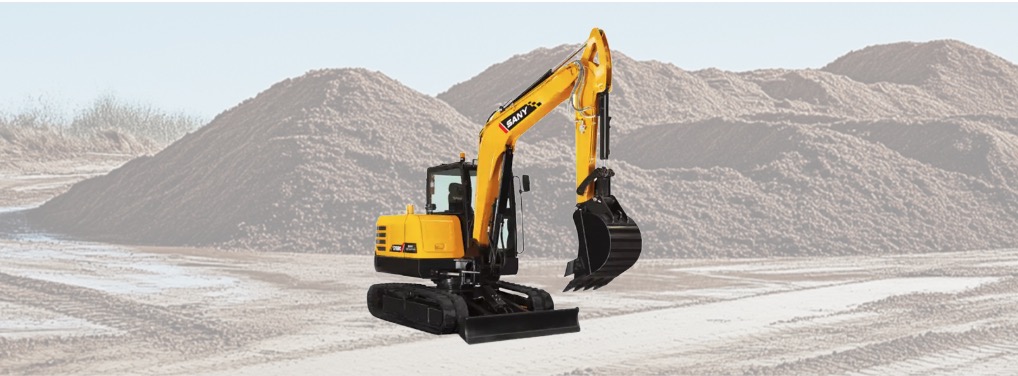
— June 20, 2025

When it comes to modern construction, mini excavators play an indispensable role. As a compact piece of construction equipment, these machines offer versatility and functionality in a smaller package. This blog post delves into what a mini excavator machine is, its benefits, and the various models available that cater to the diverse needs of the earth moving equipment market.
These machines are extremely versatile and useful in every modern construction site, warehouses, etc. We will also explore some of the most common mini excavator machines, how they are different, and what unique role they fulfil in the construction equipment industry. Some of the variants we will discuss are:
A mini excavator, also known as a compact excavator, is smaller than conventional excavator machines and is designed to perform a wide range of tasks in smaller spaces than those typically handled by its larger counterparts. Despite its size, a mini excavator is powerful, efficient, and is invaluable in navigating tighter spaces with ease. This equipment is part of the broader category of earth moving equipment and is pivotal in projects that require precision and care.
They come with various attachments, such as buckets, augers, and breakers, enhancing their utility in different construction scenarios. As construction equipment, these machines are designed with tracks instead of wheels, which provides stability and mobility on various terrains.
While the specifics can vary across manufacturers, mini excavator machines generally fall into a few types based on their size, power, and the kind of work they are best suited for. Below are descriptions of the types you might encounter in the market:
These are the most common type, offering excellent balance between power and size. They are designed for general digging operations and are capable of handling a variety of tasks in construction, landscaping, and utility work.
Micro excavators are the smallest type, with some models weighing less than a ton. They are perfect for indoor work or jobs in confined spaces, such as backyard gardening or pipe laying.
Slightly larger than the standard mini excavators, midi excavators provide more power while still maintaining a compact size. They are well-suited for mid-sized projects like residential construction and roadwork.
These machines are designed with a tighter rotation radius, allowing the cab to stay within the width of the tracks when swivelling. This is particularly beneficial for working in tight and congested spaces, reducing the risk of hitting obstacles.
Offering a compromise between standard and zero tail swing models, reduced tail swing excavators have a shorter rear overhang than the standard. They provide more flexibility in tight spaces than standard models but have a larger swing radius than zero tail swing machines.
Each of these types is tailored to specific tasks and environments, ensuring that there is a mini excavator machine to meet the diverse needs of the construction industry. When selecting a mini excavator, it’s important to consider the nature of your project, the working conditions, and the performance requirements to choose the most appropriate type.
The mini excavator is a powerhouse of efficiency, agility, and versatility. It’s a staple in the toolkit of construction equipment, bridging the gap between manual labour and large-scale machinery. For those in the construction industry, understanding the different mini excavator models and their specific uses can significantly contribute to the success and efficiency of your projects.